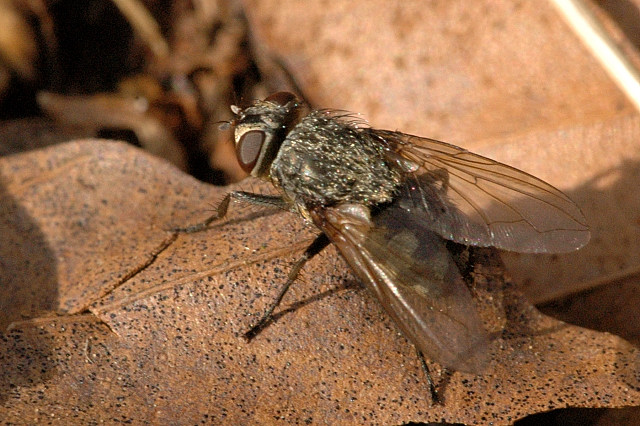SERVICE REQUEST?
Fill out the form below.
Find our nearest location

Cluster Fly
Attribution: James Lindsey at Ecology of Commanster [CC-BY-SA-2.5 or CC-BY-SA-3.0], via Wikimedia Commons
Read What Our Clients
Are Saying
SERVICE REQUEST?
Fill out the form below.